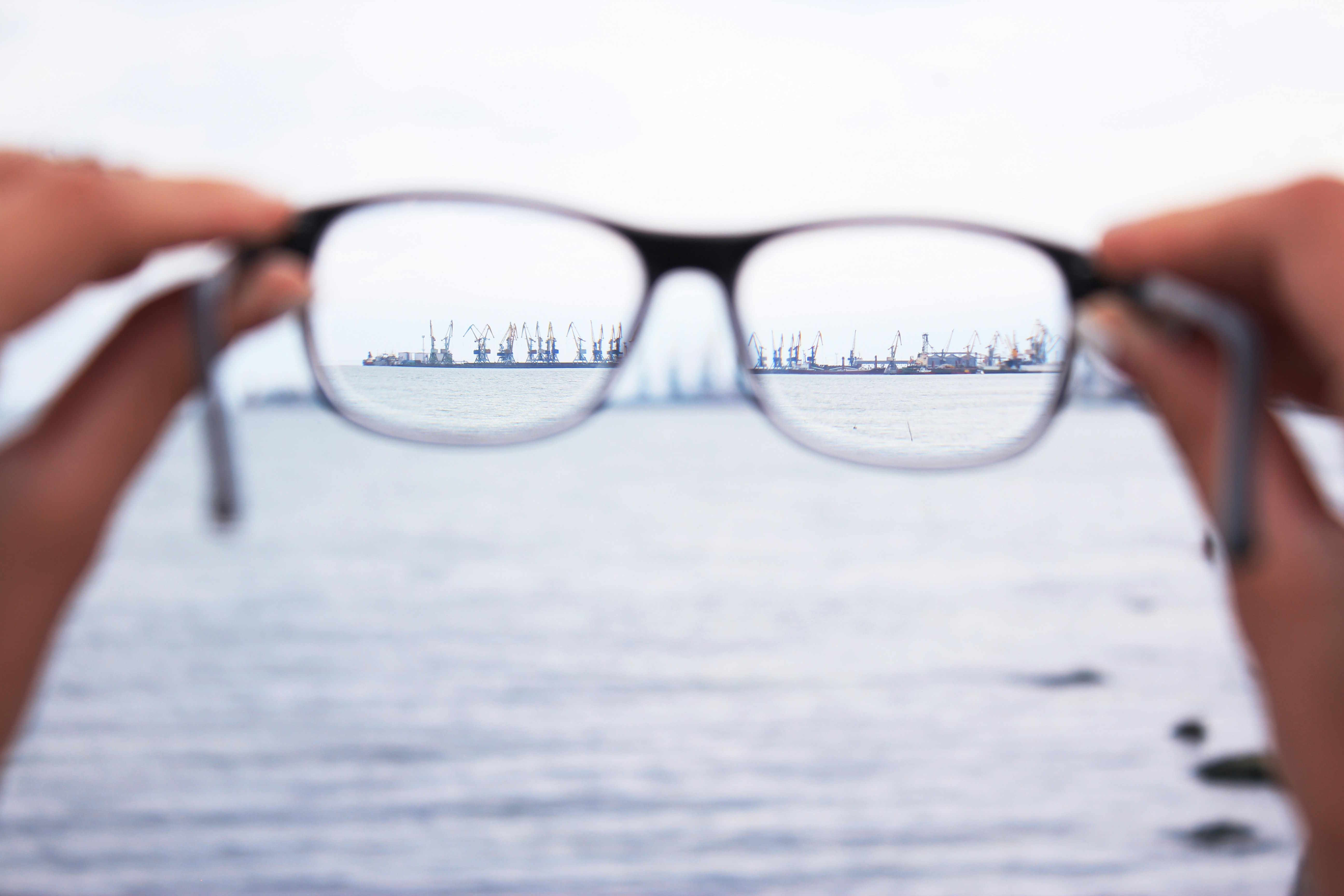Treatment Options for Poor Eyesight
Poor eyesight affects daily activities, work and quality of life for many people. Understanding available treatments — from corrective lenses to surgical and rehabilitative approaches — helps you make informed choices with an eye care professional. This article explains common options, what to expect during assessments, and how different providers can support vision needs.

This article is for informational purposes only and should not be considered medical advice. Please consult a qualified healthcare professional for personalized guidance and treatment.
Why does my eye change over time?
Changes in the eye can come from refractive errors (myopia, hyperopia, astigmatism), age-related changes like presbyopia, or eye disease such as cataract, glaucoma, and macular degeneration. Genetics, lifestyle factors (screen time, lighting, nutrition), and systemic conditions like diabetes also influence eye health. Regular monitoring helps detect gradual shifts in prescription or early disease, which can slow progression or preserve remaining vision when managed promptly.
How is vision evaluated?
A comprehensive vision check goes beyond reading letters on a chart. Vision testing typically includes acuity (clarity), refraction (prescription measurement), binocular vision (how both eyes work together), and assessments of peripheral vision and eye health using ophthalmoscopy or retinal imaging. These evaluations identify whether the issue is purely refractive or linked to eye disease that may require different treatments. Accurate measurement is essential before any corrective or surgical intervention.
What happens during an exam?
An eye exam with dilation allows the optometrist or ophthalmologist to inspect internal eye structures and measure intraocular pressure if glaucoma is a concern. Refraction determines the glasses or contact lens power needed to correct vision. Some clinics add imaging such as OCT to evaluate the retina. Discuss symptoms, medications and medical history during the exam; this context can reveal systemic causes of vision change. Expect exam time to vary from 20 minutes for a basic check to an hour or more for a comprehensive assessment.
When are glasses recommended?
Glasses remain the most common and noninvasive treatment for refractive errors. They correct focus for myopia (nearsightedness), hyperopia (farsightedness), astigmatism, and presbyopia (age-related near vision loss). Lens options include single-vision, bifocals, progressive lenses, and coatings for anti-reflective or blue-light protection. Glasses are suitable for most ages, adjustable as prescriptions change, and can be combined with other treatments (for example, after cataract surgery). Proper lens fitting and frame selection support comfort and consistent use.
What role does an optometrist play?
An optometrist conducts primary eye exams, prescribes glasses and contact lenses, manages common eye conditions, and refers for specialty care when needed. They can offer vision therapy for binocular problems, recommend low-vision aids, and coordinate with ophthalmologists for surgical or medical treatment of eye disease. For local services, optometrists are often the first point of contact; they help determine whether conservative measures suffice or if advanced diagnostics or procedures are required.
Treatment options and considerations
Treatment choices depend on the underlying cause of poor eyesight. For refractive errors, options include glasses, contact lenses, or refractive surgery (like LASIK or PRK) when a patient is a suitable candidate after full evaluation. For disease-related vision loss, treatments may include cataract surgery, medications (e.g., for glaucoma), intravitreal injections for retinal conditions, or low-vision rehabilitation and assistive devices to maximize remaining function. Vision therapy can help with eye alignment and focusing disorders. Each option has benefits, limitations and potential risks that a clinician should explain; long-term follow-up is often necessary.
Conclusion
Managing poor eyesight involves accurate assessment, personalized correction, and sometimes medical or surgical intervention. Regular eye exams and timely attention to changes in vision help preserve sight and quality of life. Work with qualified eye care professionals to review options — the right plan depends on diagnosis, lifestyle needs, and overall health.




